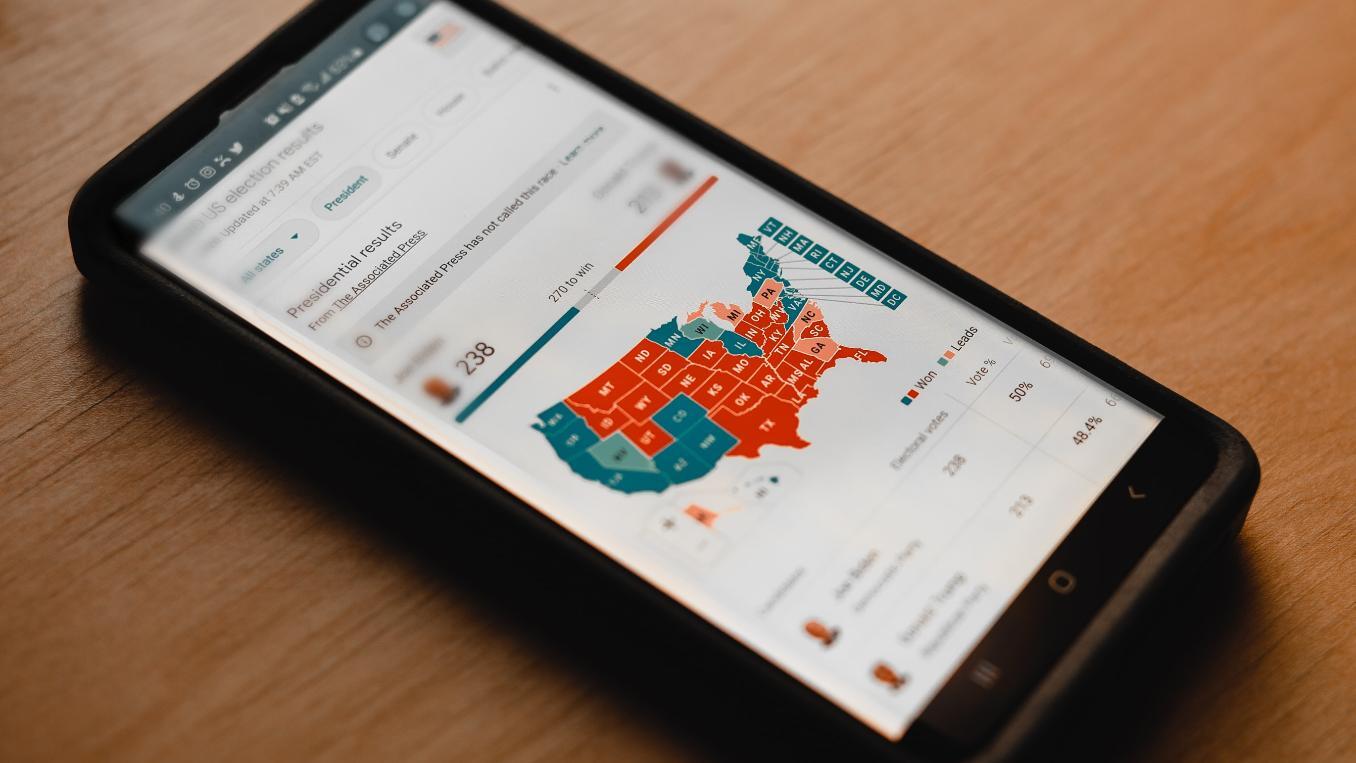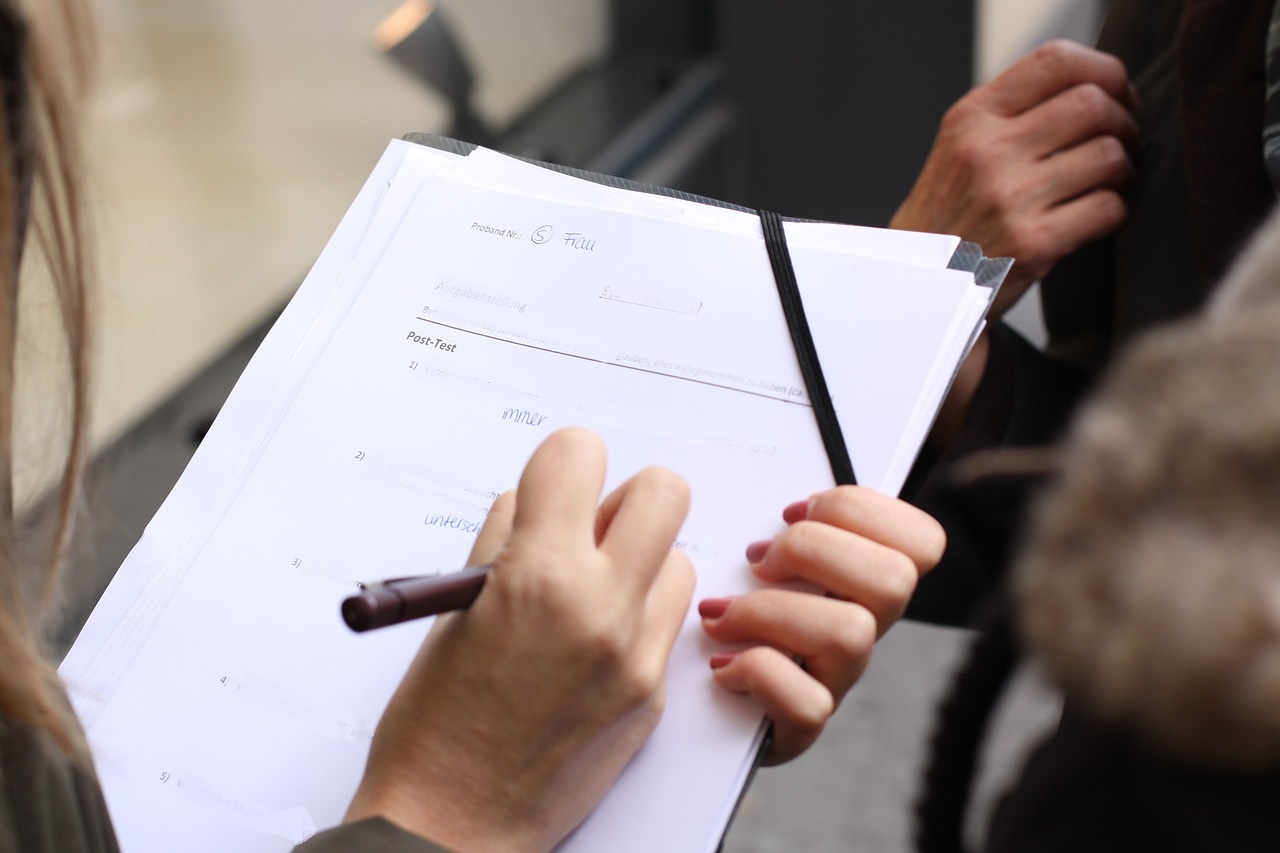Why Political Polling Is Often Wrong
By Polco on November 29, 2022

Polls have been misleading in recent election predictions. But political polling is particularly challenging and shouldn’t reflect upon other forms of surveying.
In recent years, election polling has been off the mark. The 2016 presidential result shocked the country, 2020 prophecies were overstated, and the most recent midterm polls were also misleading. Given the misjudgments, it’s fair to say that people are losing confidence in election predictions. However, election forecasting shouldn’t cast doubt on other types of polling. How political polls are conducted today contributed to results are often wrong. But this doe not apply to all types of surveys.
Election Polls Have a Smaller Pool to Select From
Erin Caldwell, Polco Survey Research Principal who has conducted surveys for cities for more than 30 years. She said political pollsters reach a narrow target to represent the entire nation. First, not everyone votes. Around 60% of the voting-age population casted their ballot in the 2020 election. That still leaves out a sizable share of adult Americans. But political polling is trickier still.
“Political pollsters use voter registration to reach out to potential respondents. Among all the people who are registered, there is still only a percentage who actually vote,” she said. So political pollers are trying to generalize who will vote from that group,” Caldwell says.
Caldwell said there are also behavioral differences between Democrats and Republicans. Democrats are more likely to participate in a poll but less likely to vote. Republicans are less likely to respond to a survey and more likely to vote. Distinctions like these add to the complexity of nailing down accuracy.
A More Accurate Way to Survey
With Polco, instead of a small pool representing the whole nation, individual community surveys represent one jurisdiction. These make up a full national benchmark comparison database which includes more than 500 cities nationwide, representing over 50 million Americans.
Polco resident surveys, such as The National Community Survey, recruits respondents through random sampling. Random sampling is an unbiased technique that gives each household within a community equal chance of selection. Each of the selected households are contacted at least twice to encourage participation. From there, results are then scientifically adjusted (weighted) to accurately represent a community's demographics.
This takes time, but these methods explain why scientific community surveys yield far more accurate results for local governments.
Phone Call Polling Is Becoming Increasingly Difficult
Election polls need to be done quickly, so they are conducted by phone. But research shows that 80% of Americans do not answer phone calls from unknown numbers. With the barrage of spam, that’s understandable.
Polling response rates are declining in general. People are overburdened with requests to fill out surveys. And trust in the federal government is declining, which could discourage people from responding to political polls.
“There is a shrinkage of time, a shrinkage of trust, all of these things contribute to the decrease,” Caldwell said.
Better Modes of Surveying
In contrast, Polco’s benchmark surveys are conducted by mail and online. It takes longer to gather results from self-administered surveys. However, they cost less and the response rates tend to be much higher than with phone surveys. Respondents also give more honest answers to surveys taken on their own, without the pressure of an interviewer to report to. Caldwell also says the mail-in survey lets people see that it is an official city assessment versus a political polling phone call that many may mistake as spam.
Election Polls Are More Controversial
Caldwell says people who respond to election polls may not be completely forthcoming with who they are going to vote for, especially with controversial candidates. Survey scientists call this “social desirability bias.” Respondents are more likely to give an interviewer an answer they perceive is more desirable than when they answer questions on their own (by mail or online).
In 2016 there was the “shy Trump" voter, people who quietly supported Donald Trump but didn’t vocalize it. More polarization has led to nastier rhetoric, which could cause people to be more guarded with their opinions. And as surprising as it might seem, the majority of people also still don't talk about politics publicly.
Less Controversial and Secure Surveying
Differently from election polls, Polco’s surveys are private and don’t involve an interview. Also, Polco surveys are community quality of life assessments, which don’t ask overly controversial questions that would prevent most people from sharing their opinion. Most people are more willing to share their thoughts on the quality of parks and recreation in their community than their support of a highly-partisan issue or candidate.
Polling is a science, but with so many hurdles, it’s also an art. However, with the right outreach, time, and diligent analysis, polls can paint a realistic portrait. Election polling unfortunately does not have those luxuries.
Accurate and Reliable Polls and Surveys
Polco benchmark surveys hold up to the rigors of scientific methodology. They are analyzed and weighted by data experts to give local governments a representative look at their entire community. With Polco, leaders can feel confident incorporating resident feedback into their planning and budgeting decisions. Learn more about Polco’s engagement tools and how they can give you accurate information about community.
Related Articles
Popular posts
Sign-up for Updates
You May Also Like
These Related Stories

